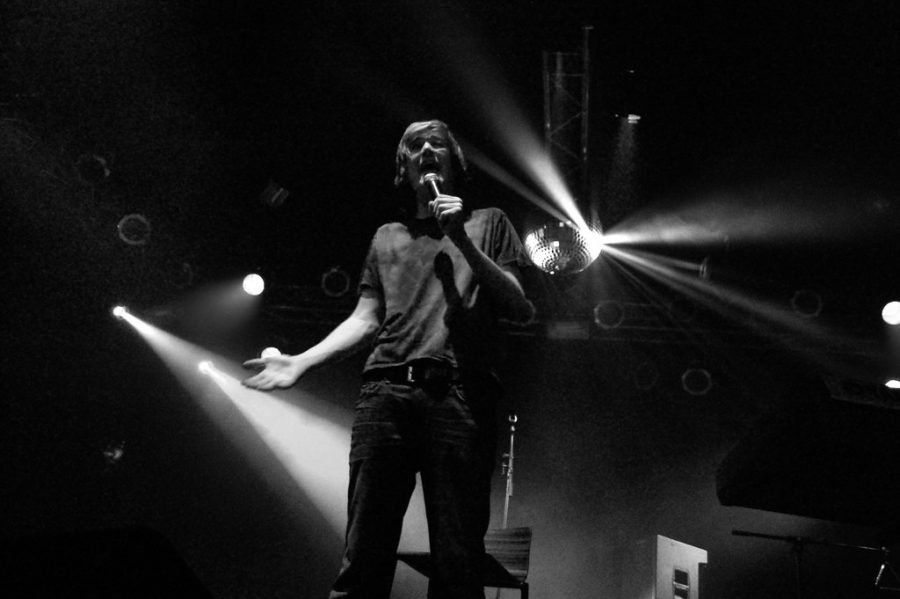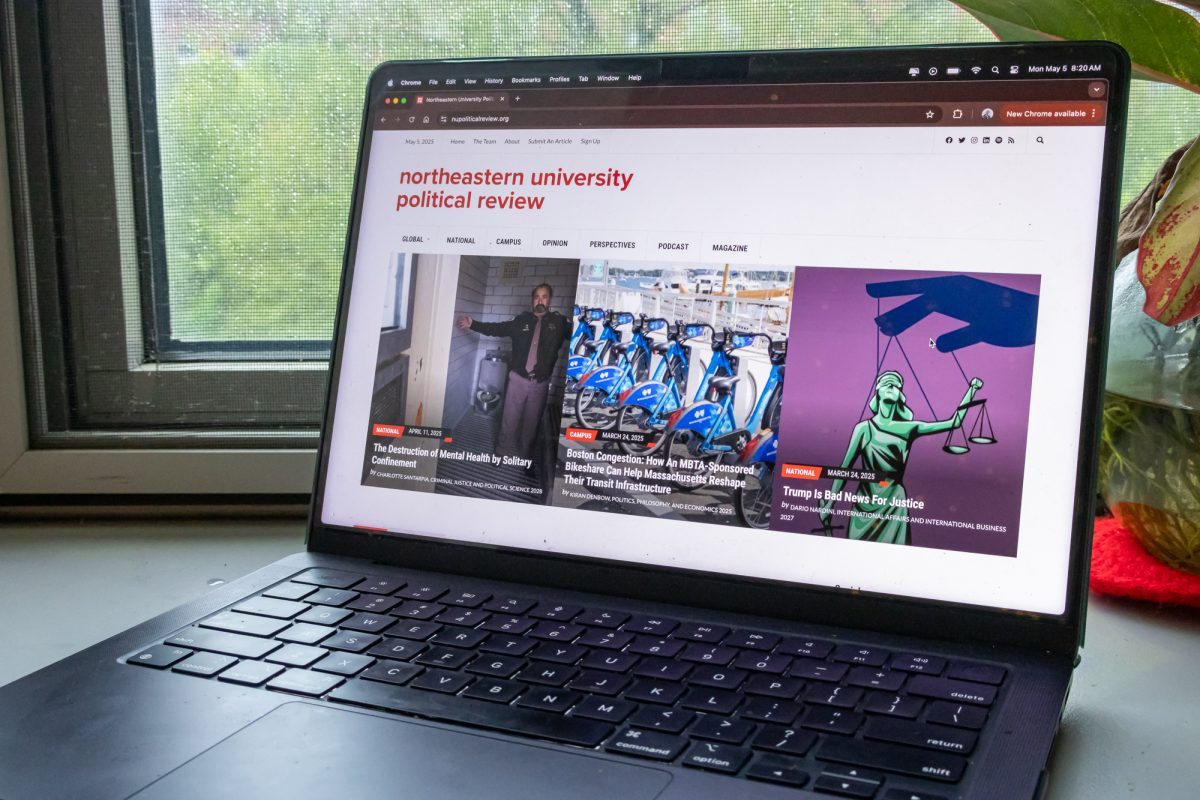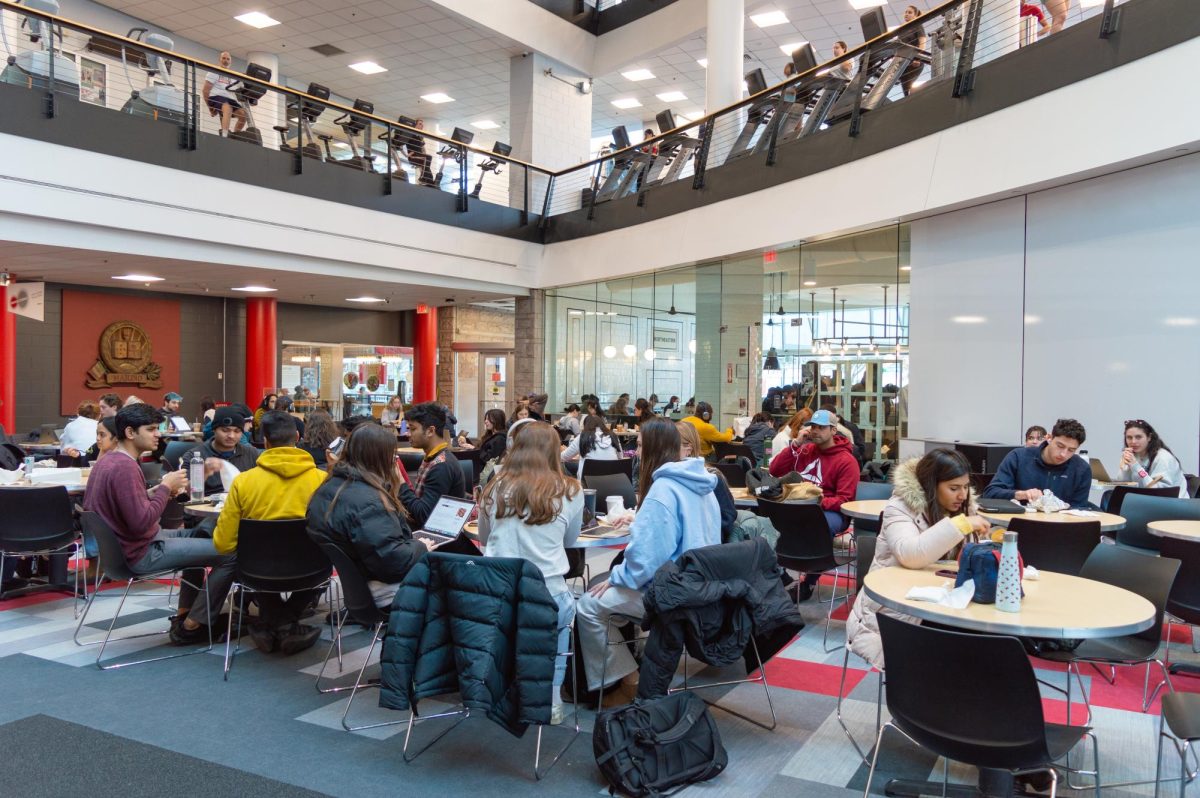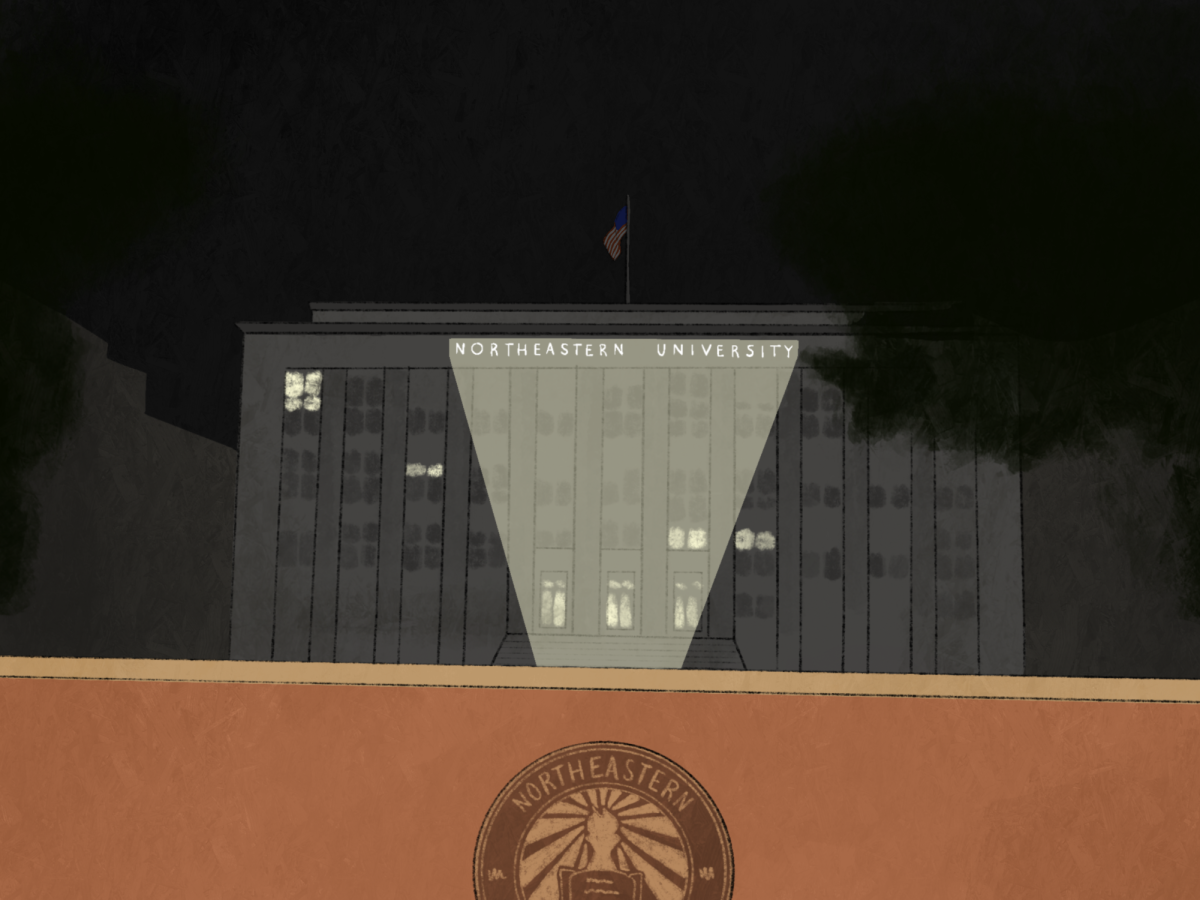Review: ‘Bo Burnham: Inside’ flourishes under pandemic pressure
June 8, 2021
Bo Burnham’s newest comedy special “Inside” is not truly a comedy special. On the surface, it tackles and satirizes the anxieties of the coronavirus era. But at its core, “Inside” brings to light the ugly truths of mental health and internet culture in order to question what comedy really is — for both audience and artist.
“Should I be joking at a time like this?” Burnham sings.
Written, directed and performed by Burnham inside a single room during the COVID-19 pandemic, “Inside” places the spotlight on a tortured artist attempting to find fulfillment through performance art. Burnham’s use of cinematic elements elevates the material beyond what can feasibly be done on stage, making the medium both grippingly intimate and precisely manufactured.
Throughout his career, Burnham has always pushed the confines of traditional stand-up comedy. His previous work combines poetry, song and live elements such as lighting and sound with complex underlying themes. After his 2016 special “Make Happy,” Burnham took a five-year hiatus from comedy, going on to write and direct the film “Eighth Grade” and star in the Oscar-winning “Promising Young Woman.”
Satirization of culture is a common theme in Burnham’s work and makes up the first half of the special. “White Woman’s Instagram” is a candy-coated critique of those who refuse to see the humanity behind social media profiles, packed with saturated visuals reminiscent of an actual Instagram profile. Burnham also parodies video game streamers, reaction videos and performative activism to provide a pronounced critique of the internet’s place in society.
A distinctive element of “Inside” is Burnham’s behind-the-scenes interludes, where he intermittently shows himself making the special. Lights are adjusted, wires are exposed and instruments are tuned. While the special itself is polished, this gives it a homemade feel, reminding the viewer that Burnham executed it in isolation. However, it also serves as a self-critique for Burnham as the viewer watches him become frustrated with watching himself.
Truthfully, any of the songs found before the special’s “intermission” (a brief interlude where Burnham proceeds to clean the camera lens, which remains blurry) could be analyzed for deeper meanings, but the special’s true beauty lies in the gradual decomposition found in its second half.
Burnham’s beard grows, and his emotions run thin as he attempts to complete the special, effectively showing the audience that it has become his coping mechanism. The inside of Burnham’s room becomes claustrophobic as Burnham contemplates his disillusionment with the world around him.
“So long, goodbye / Do I really have to finish?” He sings in “Possible Ending Song.”
The special finishes in an ominous, almost nightmarish fashion. Burnham repeats sections of his previous songs in “Possible Ending Song,” exposing his true vulnerability to the viewers through partial nudity. This seems completely candid, until it is revealed that Burnham is in a spotlight. The special ends with him watching himself as a smile creeps over his face.
Burnham makes it impossible to differentiate between the raw and the premeditated, what is honest and what is planned. This is the true beauty of “Inside” — any of Burnham’s actions are up to the audience’s interpretation.
“Inside” provides the perfect catharsis for a post-quarantined world. It should be heralded as a time capsule of the past year, showing that while we were physically isolated, we were not alone in our feelings of hopelessness. Burnham’s artistic triumph in “Inside” shows that his persona’s search for purpose was not a failure. “Inside” soars in the midst of pandemic limitations, proving to be an ironically optimistic reflection of society.







